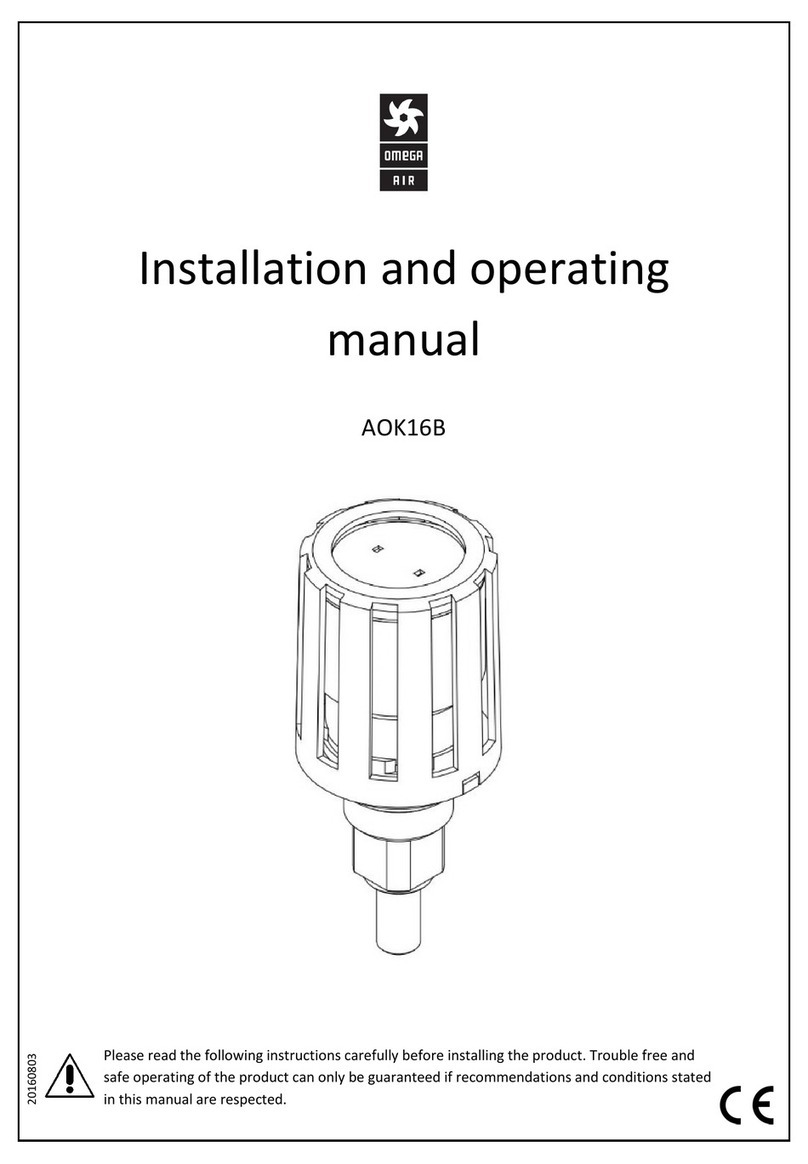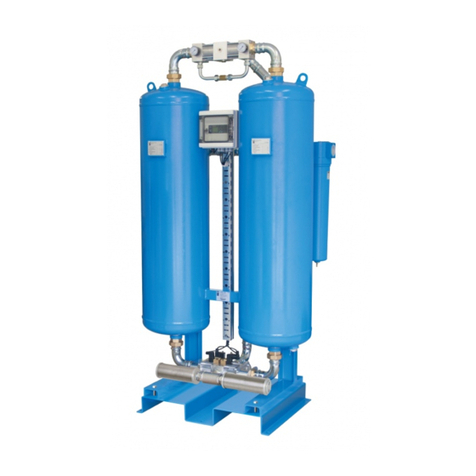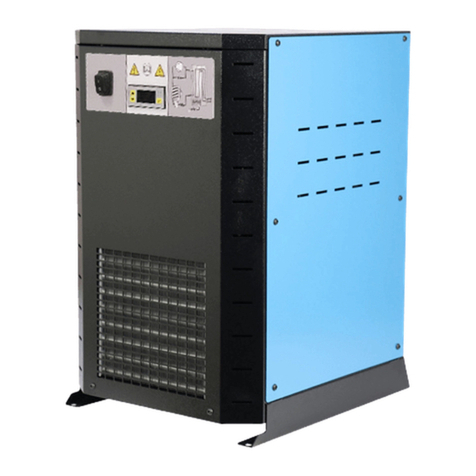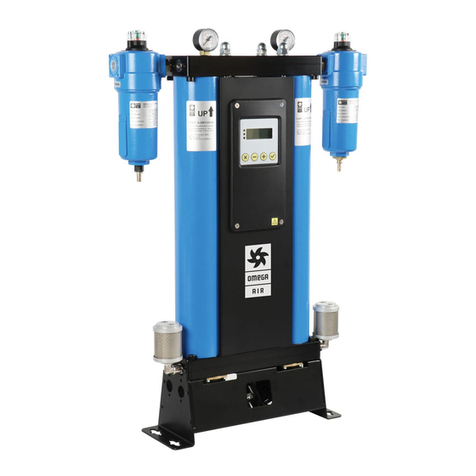Table of Contents
1 GENERAL INFORMATION ............................................................................................................................... 4
1.1. DEVICE INFORMATION ....................................................................................................................................... 4
1.2. INFORMATION ON THE SUPPLIER.......................................................................................................................... 4
1.3 BASIC.............................................................................................................................................................. 5
1.4. REFRIGERATION AIR DRYERS................................................................................................................................ 5
1.5 PROPER USE ..................................................................................................................................................... 5
2 SAFETY INSTRUCTIONS..................................................................................................................................6
3 TECHNICAL SPECIFICATIONS .......................................................................................................................... 8
3.1 COMPONENTS................................................................................................................................................... 8
3.2 SPECIFICATIONS................................................................................................................................................. 9
4 REFRIGERATION AIR DRYER OPERATION ..................................................................................................... 11
5 REFRIGERATION AIR DRYER COMPONENTS ................................................................................................. 12
5.1 COMPRESSOR ................................................................................................................................................. 12
5.2 CONDENSER ................................................................................................................................................... 12
5.3. HEAT EXCHANGER 3IN1 ................................................................................................................................... 12
5.4 CONTROLLER RDC 3 ........................................................................................................................................ 13
5.4.1 ELECTRIC SCHEME RDC 3............................................................................................................................... 14
5.4.2 RDC 3PARAMETERS ..................................................................................................................................... 15
5.4.3 RDC 3MODBUS COMMUNICATION............................................................................................................... 17
5.6. AUTOMATIC MECHANICAL CONDENSATE DRAIN..................................................................................................... 18
5.7 SAFETY FUNCTIONS .......................................................................................................................................... 18
5.7.1 SAFETY FUNCTIONS OF RDC 3......................................................................................................................... 18
5.8 FILTER /DEHYDRATOR ...................................................................................................................................... 18
5.9 CAPILLARY TUBE .............................................................................................................................................. 19
6 EFFICIENCY .................................................................................................................................................. 19
7 TRANSPORT................................................................................................................................................. 19
8 STORING...................................................................................................................................................... 20
9 INSTALLATION ............................................................................................................................................. 20
9.1 GENERAL REQUIREMENTS FOR INSTALLATION ........................................................................................................ 20
9.2 INSTALLATION POSITIONING............................................................................................................................... 21
9.3. INSTALLATION PROCEDURE ............................................................................................................................... 22
10 START-UP .................................................................................................................................................. 23
10.1 BEFORE START-UP.......................................................................................................................................... 23
10.2 START-UP..................................................................................................................................................... 23
11 REMOVE FROM USE .................................................................................................................................. 23
12 MAINTENANCE .......................................................................................................................................... 24
13 TROUBLESHOOTING TECHNICAL PROBLEMS.............................................................................................. 24
14 SPARE PARTS............................................................................................................................................. 26
15 WARRANTY ............................................................................................................................................... 27
16 MAINTENANCE NOTEBOOKS ..................................................................................................................... 28
17 DRAWINGS OF RDL REFRIGERATION AIR DRYERS ...................................................................................... 30
18 ELECTRO SCHEMES OF RDL REFRIGERATION AIR DRYER ............................................................................ 32
































